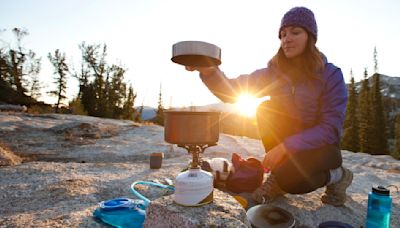Search results
People also ask
What is Snow science?
What exactly is snow?
How does weather affect the characteristics of snow?
How does snow fall?
Snow pit on the surface of a glacier, profiling snow properties, which become increasingly dense as it metamorphoses towards ice. Snow science addresses how snow forms, its distribution, and processes affecting how snowpacks change over time. Scientists improve storm forecasting, study global snow cover and its effect on climate, glaciers, and ...
Snow is an accumulation of packed ice crystals, and the condition of the snowpack determines a variety of qualities, such as color, temperature, and water equivalent. As weather conditions change, the snowpack can change as well, and this affects the characteristics of the snow. The sun emerges after heavy snow hit Mount Vernon, Iowa.
3 days ago · Snow, the solid form of water that crystallizes in the atmosphere and, falling to the Earth, covers, permanently or temporarily, about 23 percent of the Earth’s surface. A brief treatment of snow follows. For full treatment, see climate: Snow and sleet. Snow falls at sea level poleward of latitude.
- The Editors of Encyclopaedia Britannica
Dec 15, 2016 · Snow, by a simple definition, is a group of loosely connected ice crystals; ice is the solid form of water. It is more than just frozen rain, which would be called sleet, because water vapor turns directly into ice, totally skipping the liquid phase.
Sep 19, 2024 · Snow depth can be measured remotely using airborne (and perhaps satellite) scanning lasers and altimeters, or using photogrammetric methods by differencing elevations of snow-free and snow-covered surfaces. For climate, the extent and reflectivity (albedo) of snow is crucial.
Quick facts, basic science, and information about snow, ice, and why the cryosphere matters. The cryosphere includes all of the snow and ice-covered regions across the planet.




